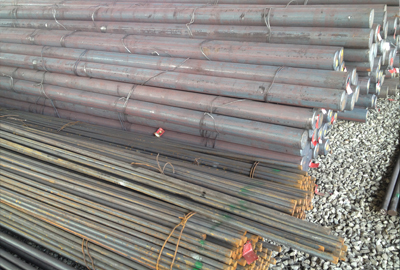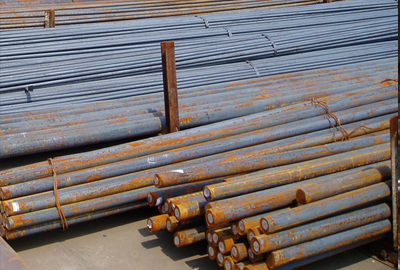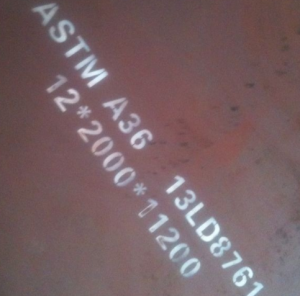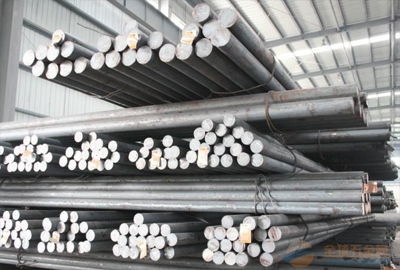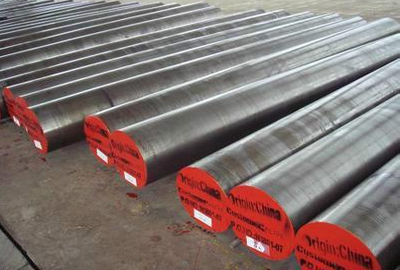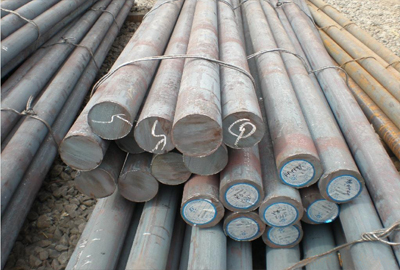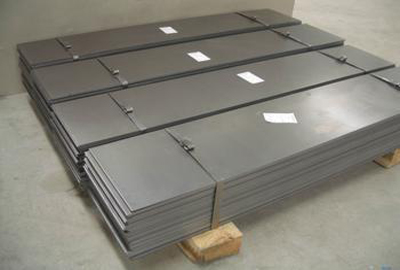ASTM A350 LF1, LF2
Short Description:
ASTM A350 LF1, LF2 AND LF3 CARBON/ALLOY STEELS GENERAL CHARACTERISTICS These grades of steel are used as pipeline steels and also in the production of forged flanges. They are suitable for use down to –20ºF (LF1,) –50ºF (LF2) and –150ºF (LF3.) CHEMICAL ANALYSIS LF1: C% Mn% Si% S% P% Cr% Ni% 0.30 max 0.6/1.35 .15/.30 .040 max .035 max 0.30 max 0.40 max LF2: C% Mn% Si% S% P% Cr% Ni% 0.30 max 0.6/1.35 .15/.30 .040 max .035 max 0.30 max 0.40 max LF3: C% Mn% Si% S% P% Cr% Ni% ...
Product Detail
FAQ
Product Tags
ASTM A350 LF1, LF2 AND LF3 CARBON/ALLOY STEELS
GENERAL CHARACTERISTICS
These grades of steel are used as pipeline steels and also in the production of forged flanges. They are suitable for use down to –20ºF (LF1,) –50ºF (LF2) and –150ºF (LF3.)
CHEMICAL ANALYSIS
LF1:
| C% | Mn% | Si% | S% | P% | Cr% | Ni% |
| 0.30 max | 0.6/1.35 | .15/.30 | .040 max | .035 max | 0.30 max | 0.40 max |
LF2:
| C% | Mn% | Si% | S% | P% | Cr% | Ni% |
| 0.30 max | 0.6/1.35 | .15/.30 | .040 max | .035 max | 0.30 max | 0.40 max |
LF3:
| C% | Mn% | Si% | S% | P% | Cr% | Ni% |
| 0.20 max | 0.90 | .20/.35 | .040 max | .035 max | 0.30 max | 3.3/3.7 |
APPLICATIONS
These steels are primarily used for pipelines and for forged flanges.
FORGING
LF1 and LF2 grades would ideally be forged at around 2250-2300ºF(1230-1260ºC) and not forged below 1650-1700ºF(900-925ºC.) LF3 grade would be forged at around 2150-2200ºF (1175-1205ºC) and not forged below 1700ºF (925ºC.)
WELDING/HEAT TREATMENT
Heat treatment of pipeline steels will no doubt be done on a continuous basis, and after welding. The structure of these steels will be initially determined by the rolling/forging process. The pipeline itself will be supplied from hot-rolled steels, the flanges etc. from forgings. The actual welding process will be primordial in ensuring the suitability and security of the pipeline and its subsequent performance. Preheat and postheat treatments are essential.
The three grades listed here are easily weldable by all tried and tested methods.
MACHINABILITY
In the case of forged fittings and flanges, these grades may be machined as required, and ongoing experience will determine if machining is best done on an as-forged structure, a normalized structure or an annealed structure. In either case, in view of the critical nature of the end use, advice should be taken from a recognized heat treatment company.
FAQ Content
![[0{7)7UAZ(]4W{5TSMC65Q7](https://www.htsteelmill.com/uploads/077UAZ4W5TSMC65Q7.png)
